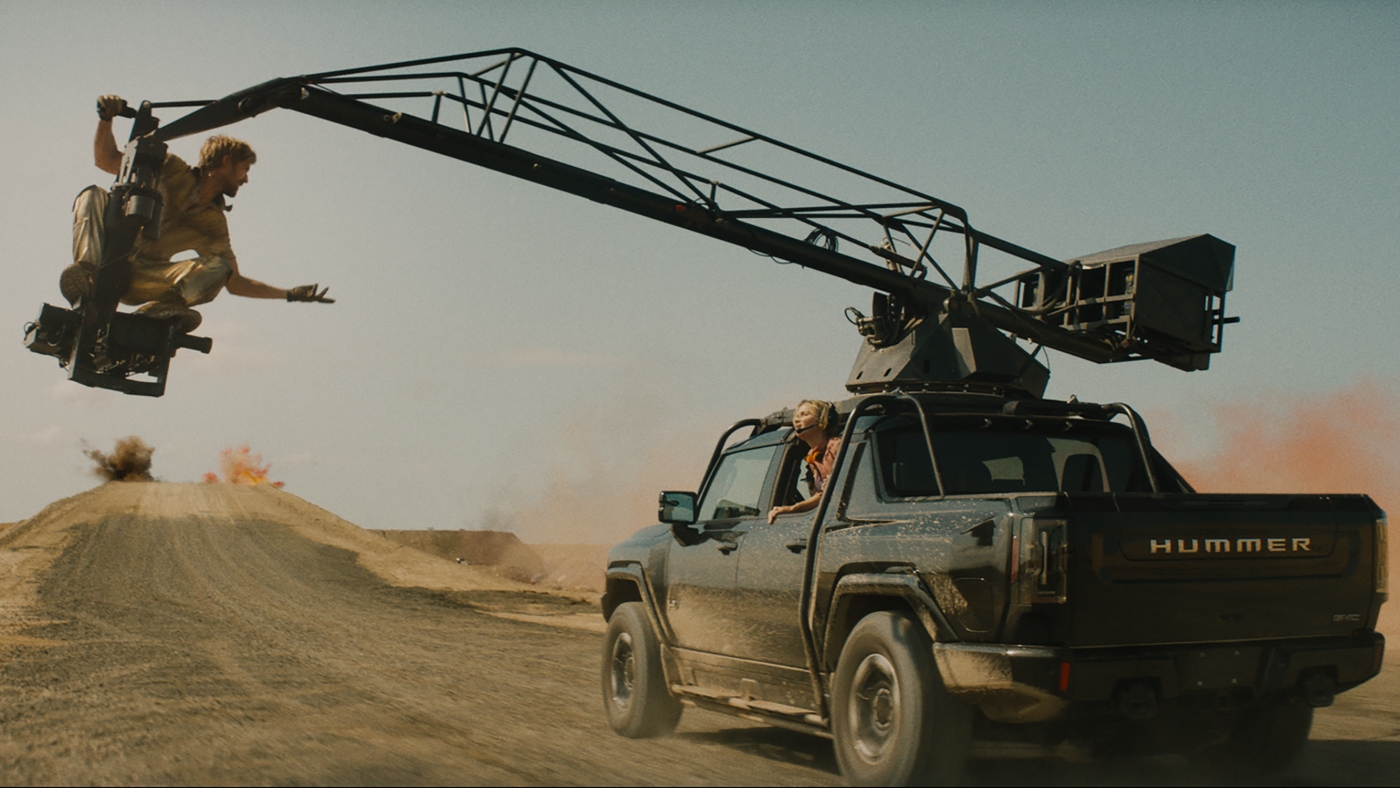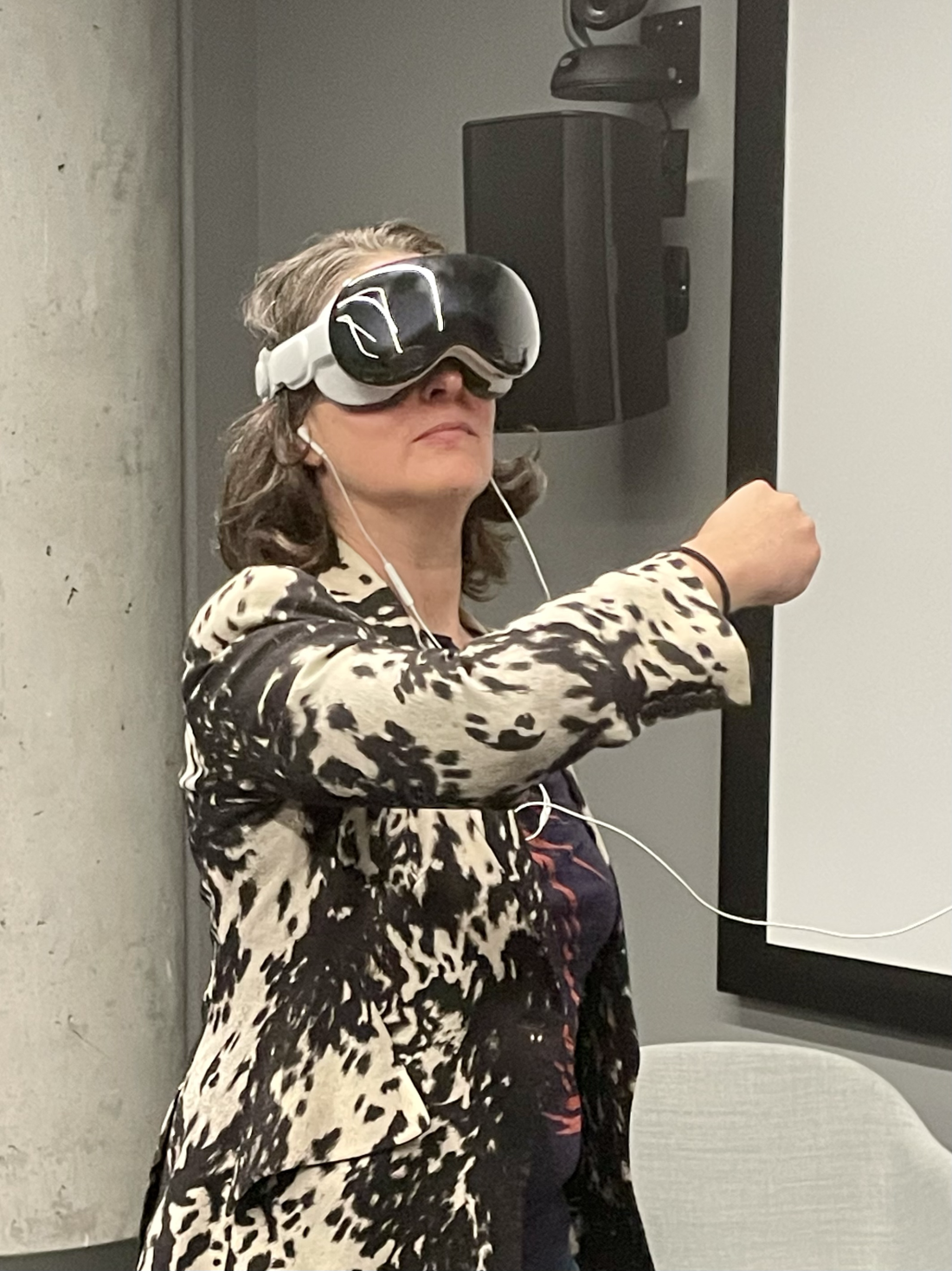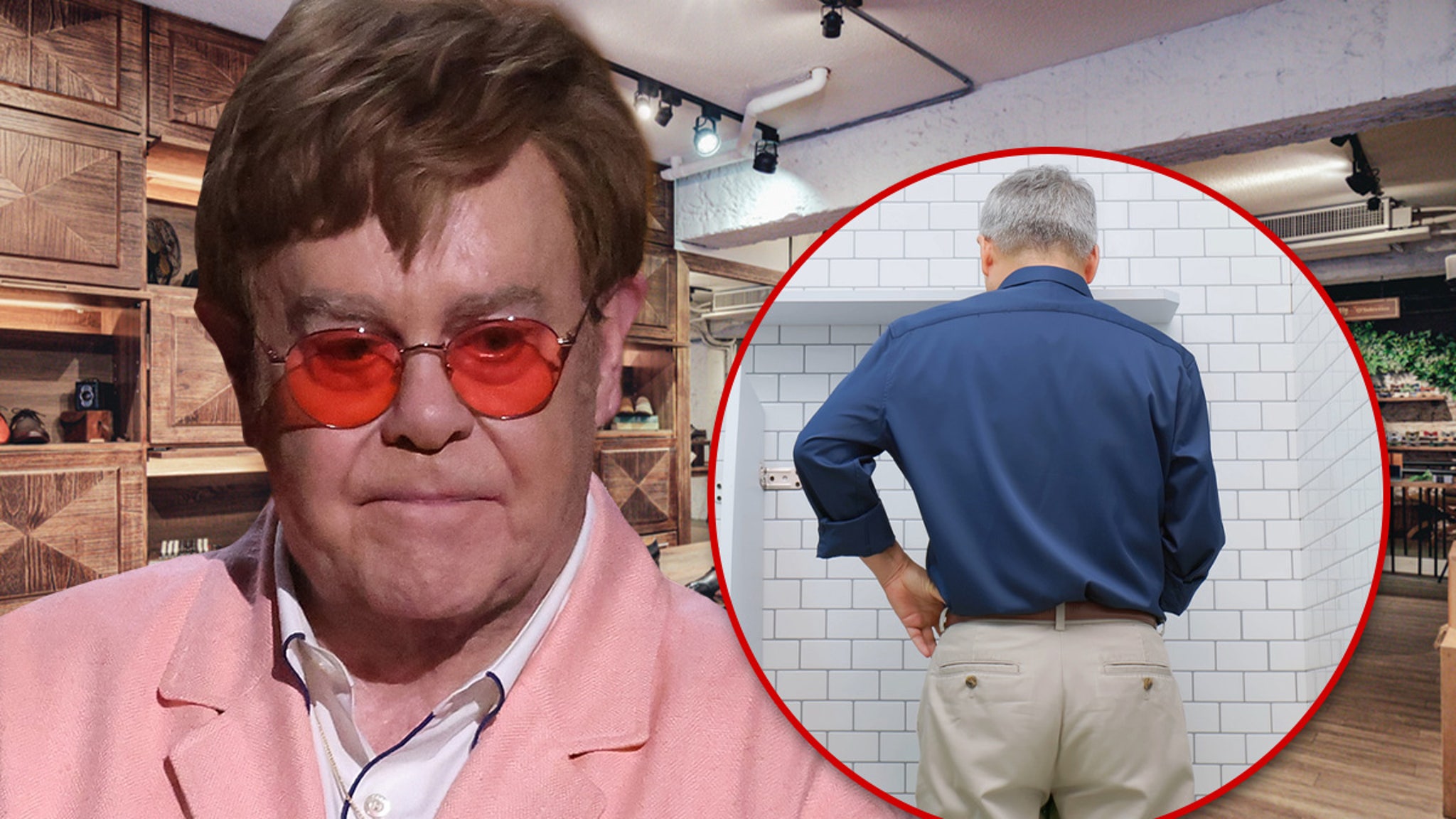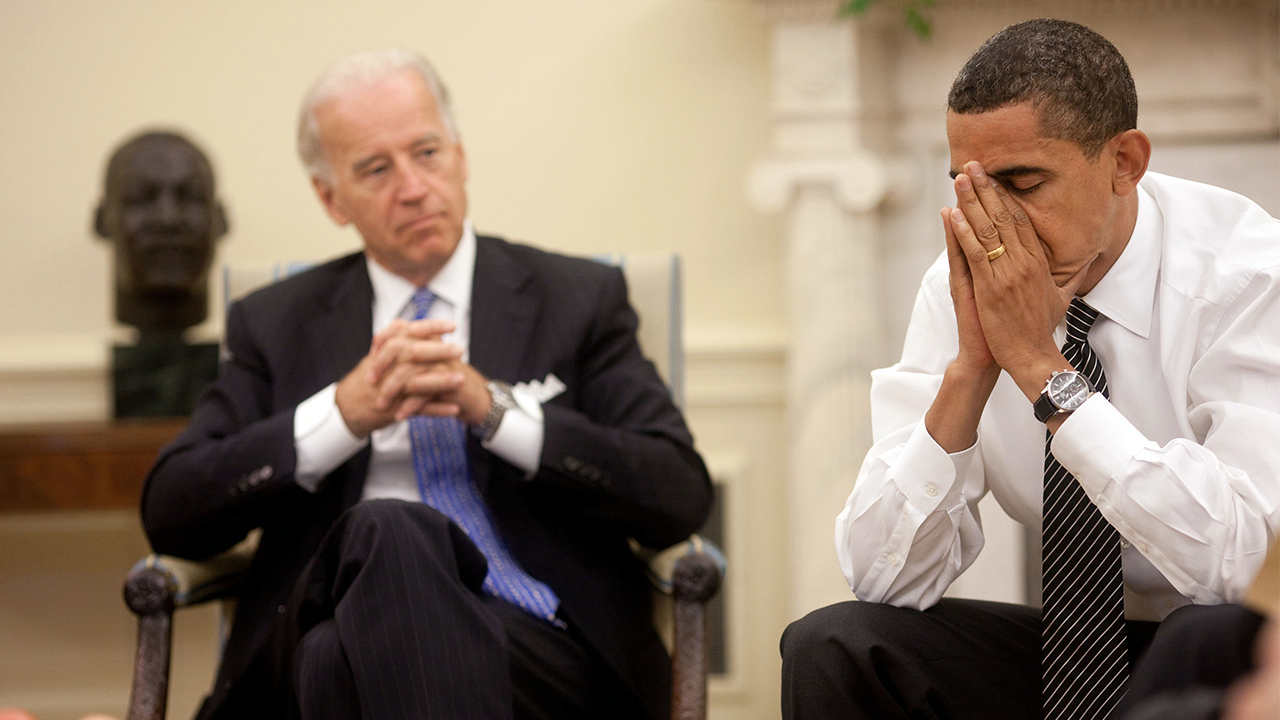Lifestyle
The big, wet guide to water

(Photography by Henry Hargreaves; prop styling by Victoria Granof; post-production by Zak Vitale and Craig Peterson; thanks to Jarett Loeffler.)
In L.A., water rules our minds, bodies and yards. That’s why we’re decoding H20 during our city’s most sizzling season. Learn how to filter your tap and optimize your hydration. Discover the best under-the-radar place to buy bottled water in the city. Cool off on a water ride or take in a glorious ocean view. Make a DIY water feature for your yard. And meet the Californians who are cultish about their water beds and designer filters. No matter your need, these stories will help you make the most of water in every part of your life. We’ll be publishing new ones all week, check back each day for more.

Lifestyle
A former stunt performer walks away (mostly) unscathed from fist fights, flipped cars

Ryan Gosling plays a stuntman in the action movie The Fall Guy.
Universal Studios
hide caption
toggle caption
Universal Studios
Two concussions. A broken ankle and wrist. A torn meniscus (… actually make that two). A lost front tooth. Former Hollywood stunt performer David Leitch is no stranger to on-the-job injury. He says pain tolerance and being “a little bit tough” can come in handy when you get thrown out of windows for a living.
Leitch has since shifted into filmmaking. His latest, The Fall Guy, starring Ryan Gosling, is a tribute to stunt performers and the often unrecognized risks they take.
The film begins with a montage of action sequences: A man tumbles down a rocky cliff, rides a motorcycle over the roofs of several cars, gets thrown through a bus window and runs through a battlefield surrounded by explosions. Leitch says coordinating the stunts from behind the camera was actually more harrowing than executing them himself.

“It’s harder because you have your friends that are doing the stunts and you’re designing them and you are responsible for their safety,” he explains. “Your heart goes through your chest.”
As a stunt performer, Leitch doubled for Brad Pitt in Fight Club, Mr. & Mrs. Smith and Ocean’s Eleven, and for Matt Damon in The Bourne Ultimatum. His directorial credits include Bullet Train,Fast & Furious Presents: Hobbs & Shaw, Deadpool 2 and Atomic Blonde.
“You have to evolve,” Leitch says of his transition from stunts to directing. “Being the physical double that’s getting ratcheted back from explosions or falling down the stairs or taking the big hits — I’m so grateful I was able to transition out of it, because you don’t want to be doing that at a certain age.”
Interview highlights
On not wanting to reveal too many industry secrets in The Fall Guy

It is a little bit like magic. I think we’re always reinterpreting the classic gags and the classic tricks. And so that’s what we did with Fall Guy. We sort of reimagined the big car jump. We reimagined the high fall from the helicopter. And there is a little secrecy. … Because it was such a business where it was passed down. It’s apprenticeships, it’s passed down from family — usually to kids — and it’s hard to crack in and find someone to teach you because they didn’t want to share the knowledge so much.
I think in Fall Guy, we tried to pull the veil back just enough and not, give too much away. You see those fire stunts? We didn’t really give the science behind that away. That’s what’s really amazing about stunts. I think people think it’s a bunch of daredevils, and there’s a little bit of that sensibility in stunt performers, but really, there’s a lot of physics and math and legacy tricks that get you through the day.
On what goes through his mind right before a stunt
Ultimately a lot of stunt work is trusting your team. … You’re hooked up to this machine and you’re trusting the physics of it, and you’ve rehearsed it and you’ve seen the weight bags go down and up, but again, you’re stepping off the ledge and you have to have this ability to calm your nerves, [to] trust in the process, [to] have the confidence that, you know, we’ve tested this over and over and it’s going to go great. And so it’s not unlike an athlete at the starting line: You really have to focus on the first step and then your body takes over. And you wait, you hear that cue “action” and you go.
On how his stunt work on the Matrix changed Hollywood
I was a fan of a lot of different Asian cinema, Korean and Chinese and Japanese cinema that had martial arts in the lead characters. Everyone just knew how to fight, and they could fight with a martial art style. Whether it was a police drama or a heightened sci-fi thing, every character knew how to fight. And it wasn’t until the Matrix movies where the Wachowskis [directors Lana Wachowski and Lilly Wachowski] had sort of said, “Hey, we want to have that same vibe in Western cinema.” And I think after that first Matrix film hit the ground where you saw Keanu and Laurence Fishburne fight in this dojo, and there were the actors doing the fighting, I mean, that had not happened to that level in Western cinema before that, really. So it was like a light went off for myself and a core group of us who were sort of training together at the time. …

We started to take that opportunity with a lot of different films, and we were of up-and-coming stunt coordinators and we were really specializing in fight choreography. And we did something that we learned from that Hong Kong team on the Matrix films: We would shoot and edit our own fight scenes to present to the directors and the producers, and through that we built a name for ourselves, and we also learned how to tell stories. And we also learned how to technically direct. We were shooting and editing these sequences and presenting them as sort of finished ideas like moving storyboards. And now it’s something that is like, standard.
On enduring the physical pain of stunts
The car stunts and cars and fire and things like that, they actually hurt less sometimes, I think, because you’ve built in all these protocols to protect the performer and there’s a lot of science involved, but the meat and potatoes of stunt performing is just physical performance. And sometimes [it’s] getting thrown down a set of stairs [for] multiple takes and how to protect yourself. And you know you’re not going to break anything, but you’re going to get a lot of bumps and bruises and twisted ankles and crooked necks, but that’s just something that you accept.

Ryan Gosling, David Leitch and stunt performer Logan Holladay on the set of The Fall Guy. “Your heart goes through your chest,” Leitch says, of coordinating stunts for others.
Universal Studios
hide caption
toggle caption
Universal Studios
On being asked to do more takes when you’re in pain
You hate it, but you’re stoic about it. … The unwritten contract that you sign, like if you can get up, you should be going again. And the stunt coordinator expects you to do that too, because he’s hired you and he doesn’t want you to not make him look good in front of the director.
On not showing your face as a stunt performer so the audience believes it’s the actor

It was definitely part of the old-school mentality. You learned how to hit a mini trampoline and jump in the air and keep your head away from camera. … Like, I always try to give [the director] the back of your head. And you just got good at it. … It’s kind of changed in the last decade or so, because the use of face replacement allows you to just let the stunt performer perform and then if it’s a few frames where we see a face, we can use a digital still and wrap it around their face and with motion blur and simple visual effects, you can mask the stunt performer’s profile or face or whatever. And it allows the performers more freedom in doing the action and not trying to contort their body to hide their face.
On whether visual effects will replace stunt performers
I know that that’s where the world is heading, and I think that that’s OK. For me, as someone who enjoys action films, I feel the difference in the stakes of what’s happening on the screen with the characters when I feel that it’s real. And so I think there’ll always be the want for that. I hope especially for action film lovers, but actually just really good storytelling. The visual effects and the CGI can’t deliver the reality of really feeling the stakes behind it all, then it’s always going to fall flat.
Heidi Saman and Joel Wolfram produced and edited this interview for broadcast. Bridget Bentz, Molly Seavy-Nesper and Beth Novey adapted it for the web.
Lifestyle
This could be the way we watch movies in the future

Visitors watch Jesus VR: The Story of Christ during the 73rd Venice Film Festival in 2016.
Andreas Rentz/Getty Images
hide caption
toggle caption
Andreas Rentz/Getty Images
Marvel Studios’ What If…? — An Immersive Story is tricky to describe. Part interactive game, part narrative-driven movie and part 3D comic book, it puts you — the viewer? the player? — at the center of a narrative that reimagines the fates of superheroes and villains from the Marvel Cinematic Universe.
To experience What If…? you must wear an Apple Vision Pro headset, which is considered “mixed reality.” That means that it incorporates both virtual reality, or VR — transporting you to a different world — as well as augmented reality, or AR — where other video is layered on top of the actual room that you are in. The story toggles between scenes in AR in which characters appear to materialize in the user’s real room, and a series of dizzying VR landscapes in the Multiverse.
Some parts involve passive viewing, like a sequence in which the supervillain Thanos is on trial for theft. But there’s also a lot of interactivity: one character explains how to use hand gestures, like making a fist, to defend yourself against enemies and cast magic spells.

A screenshot from What If…? — An Immersive Story.
Marvel Studios/ILM Immersive
hide caption
toggle caption
Marvel Studios/ILM Immersive
This is a much different experience than traditional TV or movie watching, and industry insiders think it will change the face of entertainment.
“It’s kind of creating a new canvas,” said ILM Immersive’s Shereif Fattouh, the executive producer of the immersive version of What If…?.

Although interactivity is at the heart of the experience, viewers can opt out.
“There’s a lot of audience that are traditional gamers that really want to shoot things,” Fattouh said. “And there’s folks that don’t play games and want to just see a great story.”
Catering to a wide variety of tastes
Gamers have been using VR systems for decades. But in the last 10 years or so, new headsets — with more powerful graphics and motion tracking technologies — have started to broaden audiences.
The current entertainment offerings cater to a wide variety of tastes. For example, Meta headset users can sit with friends at an NBA basketball game with its Xtadium app, explore a haunted Irish castle in The Faceless Lady, a VR live action horror series, or take in pop star Sabrina Carpenter’s recent immersive VR concert.
Trailer for ‘The Faceless Lady,’ a VR horror TV series
YouTube
“Sitting courtside at your favorite basketball game or seeing your favorite superhero is a completely different experience [in virtual reality],” said Jason Thompson, the creator and host of The Construct, a consumer VR-focused YouTube channel. “It can’t really be compared to watching things on a flat screen.”

Thompson said he uses apps like Bigscreen to watch traditional TV shows and films in his headset. If he chooses, it can be a social experience; users can chat with others at a watch party or mute them if there’s too much conversation. They can also change their surroundings, so a living room couch transforms into what seems like a plush movie theater, complete with virtual popcorn. Thompson said he sometimes watches in Bigscreen’s bedroom setting, lying flat on a bed.
“The screen is actually on the ceiling,” said Thompson. “And you have to lay back to see the screen.”
Lying down to watch content in VR isn’t just whimsy. It serves a practical purpose. Most of today’s headsets are heavy and awkward to wear. Thompson said reclining to watch takes the load off the head and neck.
“In order for VR to excel it has to become comfortable,” he said.
An industry finding its feet
Tech players are working on it.

NPR correspondent Chloe Veltman tries What If…? An Immersive Story at ILM Immersive’s headquarters in San Francisco.
Chloe Veltman/NPR
hide caption
toggle caption
Chloe Veltman/NPR
“As every year passes and we improve the technology, make it easier to set up, more seamless to what you do on other devices, we see more and more people actually adopt,” said Sarah Malkin, director of immersive entertainment at Meta, the current market leader in consumer VR. “We knew we would be investing in what is essentially the future of computing and that it would take time.”
Malkin said Apple’s arrival in the market — it launched the Apple Vision Pro in February — is a good sign that headsets are becoming more mainstream, even as they cost anywhere from $300 to more than $3,000. However, Apple and Meta are not disclosing specific sales figures, so it’s hard to know for sure how the market is developing.
“The key for this market is consumer adoption,” said Ben Arnold, a consumer technology analyst with the market research firm Circana. “Because that is something that makes development of the applications more attractive.”
Adoption depends on both tech and content
Filmmakers say that the technology also needs to be friendly to creatives, so they can tell better stories in VR.
“The basic interaction methods have yet to be figured out,” said VR film writer and director Eugene Chung of Penrose Studios, the company behind several VR movies, including Arden’s Wake, a post-apocalyptic ocean adventure which won the first Lion Award for Best VR at the Venice Film Festival in 2017. “It should feel as natural as using your iPhone. And we’re so far away from that.”
Penrose – Arden’s Wake – Trailer
YouTube
Chung said it’s easy for people to get frustrated with many of the current TV and film VR offerings because users don’t know where to direct their attention in a given scene, or they want to fully interact with a character but often can’t.
“You see stuff happening, but things aren’t reacting to you the way that you think they should,” Chung said. “For example, you can’t just go up to a character and talk to them about Shakespeare or ask them about what they ate for lunch.”

Yet he’s excited about continuing to explore the creative potential of this new medium, especially since many young people today are growing up as VR natives.
“I have no doubt that this will be the future of all of entertainment and really all of computing,” he said.
Jennifer Vanasco edited the audio and digital versions of this story. Isabella Gomez Sarmientomixed the audio version.
With thanks to Will Mitchell and James Mastromarino
Lifestyle
Elton John Allegedly Pissing In a Bottle at Shoe Store Inspires Copycats

Elton John supposedly relieving himself in a shoe store has had unintended consequences for those who run the joint … let’s just say they’re seeing a lot of yellow around the building lately.
Sources with direct knowledge tell TMZ … the story about Elton allegedly leaking in the shoe store from a couple weeks ago has unfortunately inspired copycats … all of whom seem to be taking their cues from EJ — either as a prank on the shop, or just to be pricks.

Among some of the follow-up urine instances we’re told have taken place … one person peed in a bottle inside the store — just like Elton himself allegedly did — while another took a leak on the store’s front steps, which our sources say the owner is sure was a streaming ode to EJ.

Needless to say … we’re told the boss is frustrated with the antics, ’cause not only is it gross and rude — but these clowns are actually hurting the business … and our sources say the owner hopes these pissant stop soon.
TMZ.com

As we reported … the story goes, the rock legend couldn’t hold it while shopping for sneakers at Sugarkikz in Nice earlier this month … and ended up pissing in a plastic bottle in the middle of a store … so says the guy who runs the shop, anyway.

The alleged Elton bottle situation was captured on video surveillance, BTW … but we’re told that footage will never see the light of day.
As for any response to the story from EJ … let’s just say he’s holding in any reaction … ’cause we haven’t heard anything.
-

 Politics1 week ago
Politics1 week agoTwo key states to see massive GOP voter registration operation
-

 World1 week ago
World1 week agoJapan, Germany agree to boost security cooperation in Pacific
-

 News1 week ago
News1 week agoWhy the next president's judicial appointments will impact climate action
-

 Politics1 week ago
Politics1 week agoYearslong tensions boil over as ex-Obama staffers gang up on Biden: 'Clooney was exactly right'
-

 News5 days ago
News5 days agoIn Milwaukee, Black Voters Struggle to Find a Home With Either Party
-

 News1 week ago
News1 week agoVideo: Biden Asks America to ‘Lower the Temperature’
-

 World1 week ago
World1 week agoUkraine: shelling in Kherson leaves at least two people dead
-

 Politics1 week ago
Politics1 week agoBiden tells Michigan crowd he's 'not going anywhere' amid chants of 'don't you quit'
















